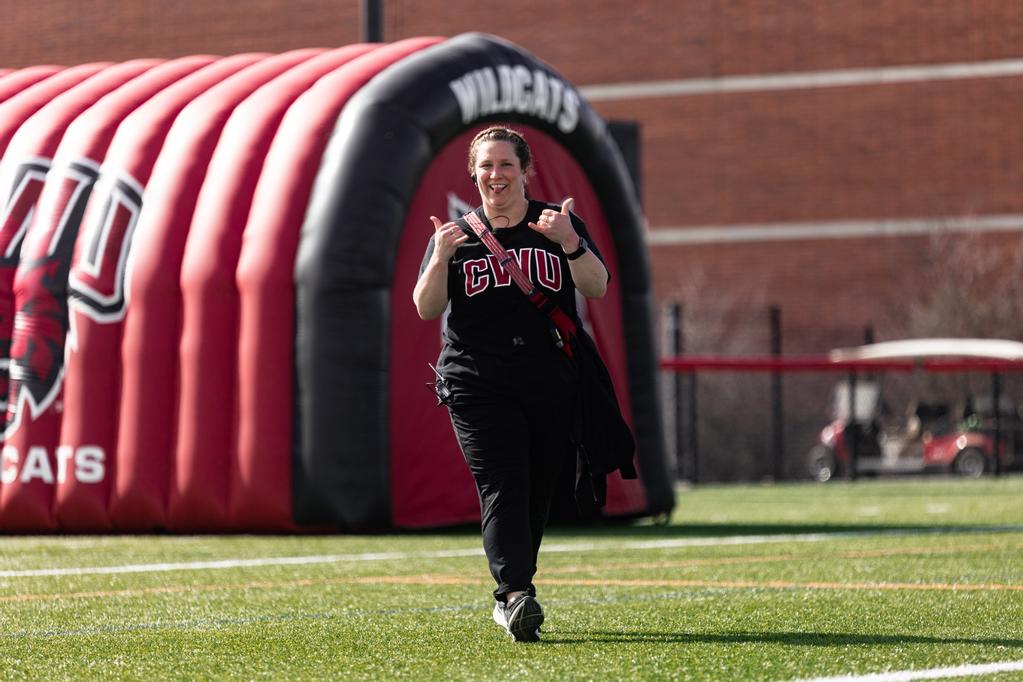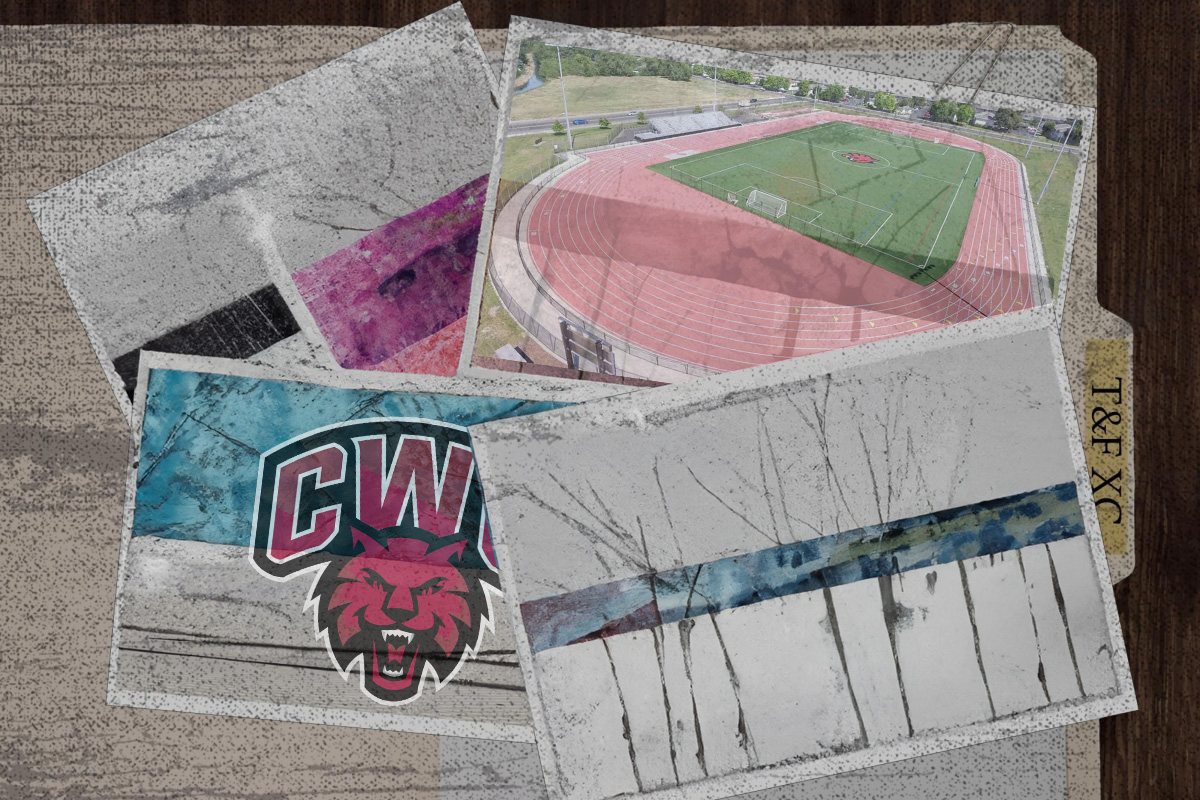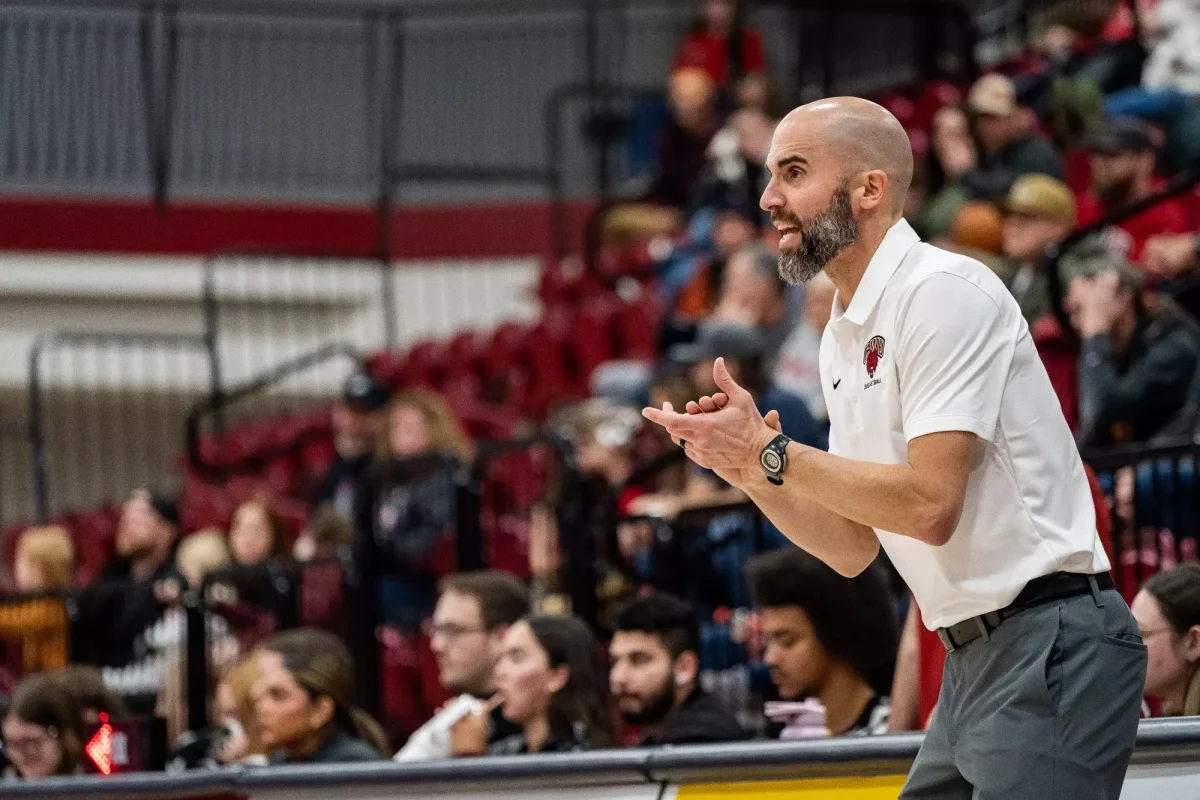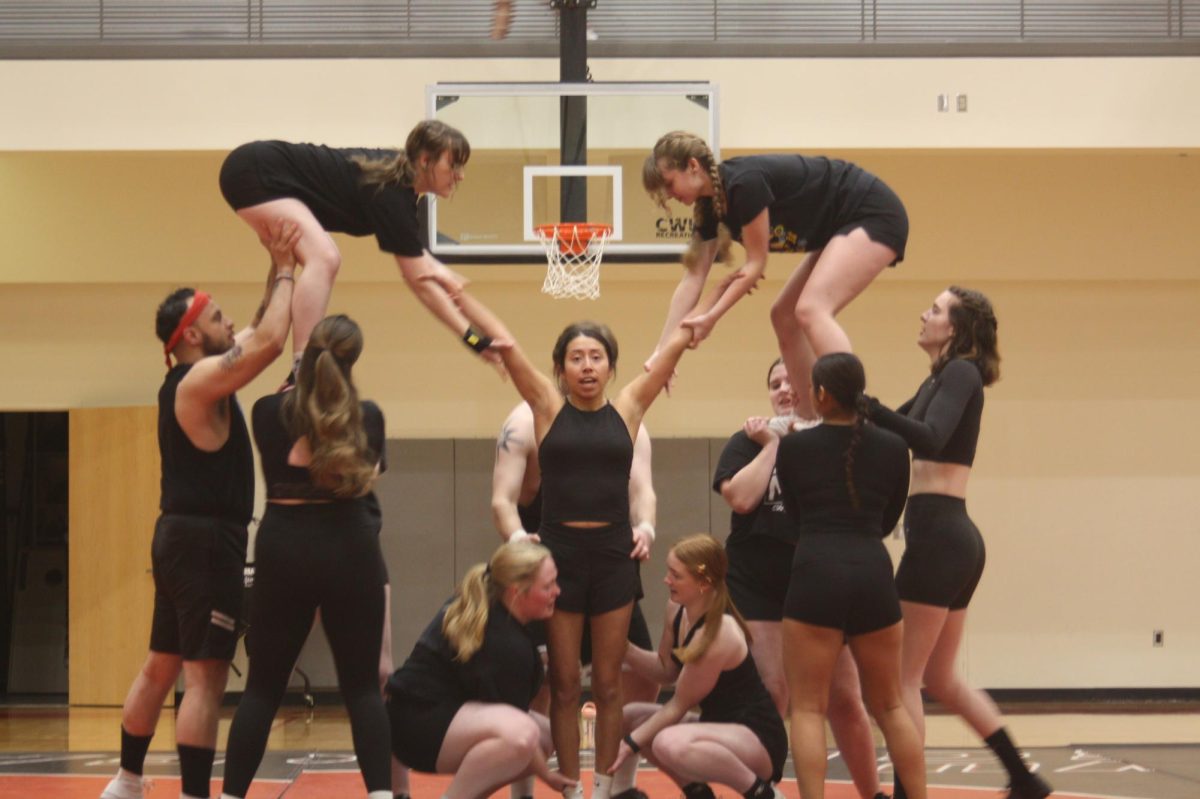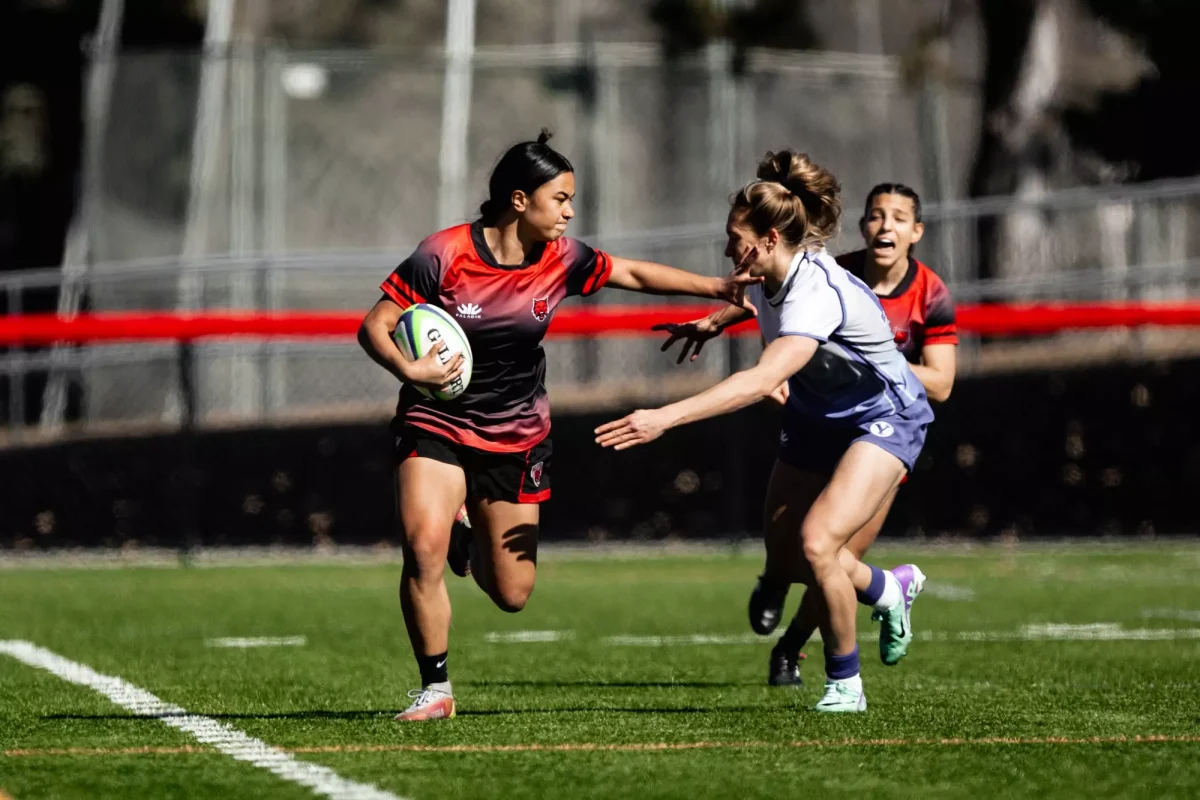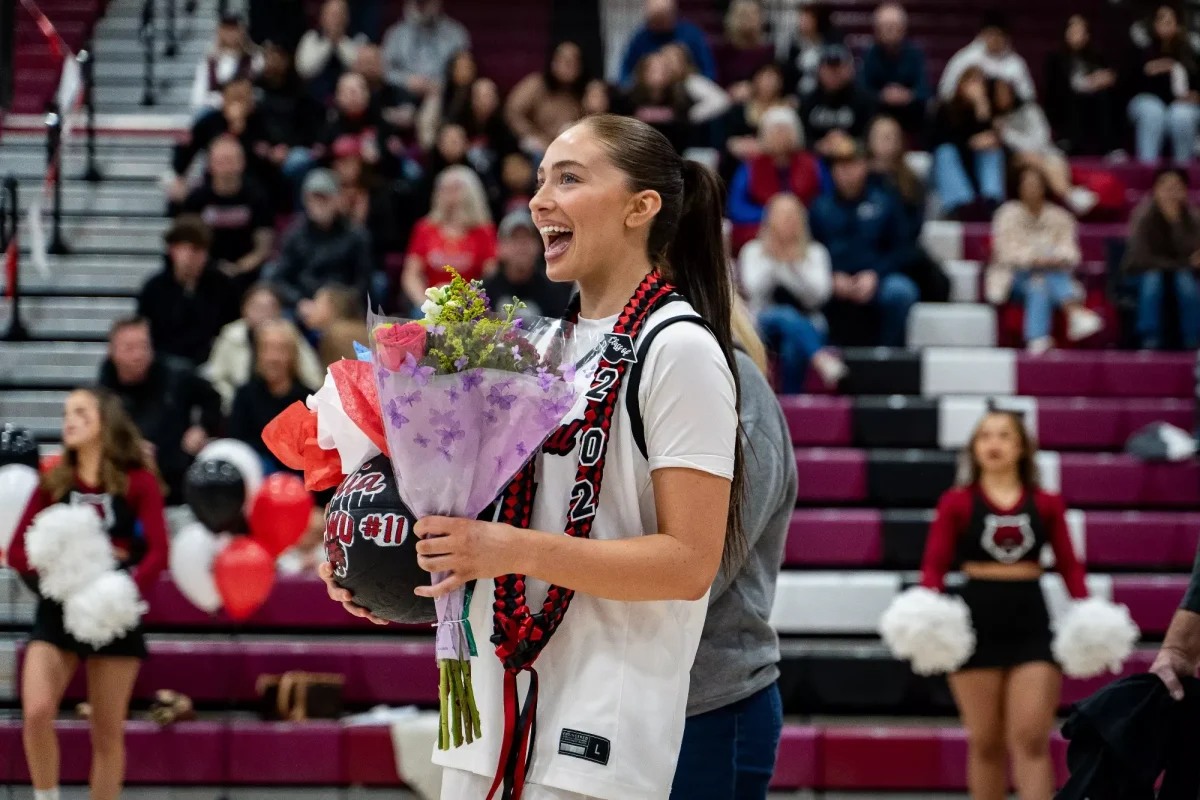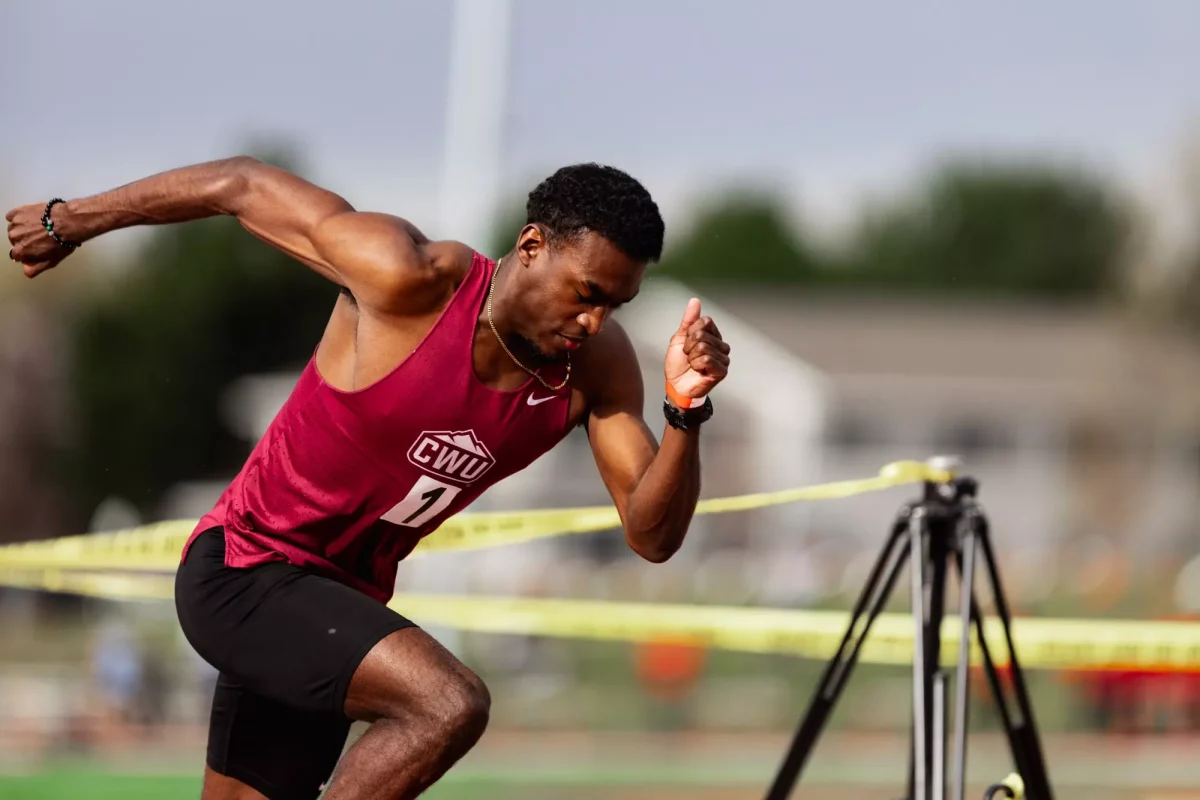While going into her second year of athletic training at CWU, men’s rugby and women’s soccer Athletic Trainer Janie Kluempers shares the ins and outs of the duties of an athletic trainer. Including the pregame practices and the chaos of treating players on the field as the play continues.
Kluempers schedule is far from light, as she has a very busy training room at almost all times. She arrives at Nicholson Pavilion at 6 a.m. for pre-practice treatment and taping for men’s rugby, then attends their practice. Afterwards, she does post practice treatment for the rugby players while doing pre practice treatment for the soccer players, and then attends their soccer practice. All of this is done while monitoring rehab exercises for individuals on both teams. On estimate, Kluempers treats about 30-35 athletes every day, all the while tracking each individual’s needs for their specific injuries.
When it comes to in-game duties, Kluempers does her best to enter the field when it’s safe, contact with the rugby players is sometimes unavoidable. Kluempers spoke about an experience with another athletic trainer on the field. “She was helping the player, and then I was shielding the player with my body, and a player ran into me, and it wasn’t a full tackle, it just ran into me because he was looking up for the ball and didn’t see us down. But that’s my goal, is to protect the player who was down,” Kluempers said.
The rugby players themselves play a role in protecting downed players and athletic trainers that are helping them. Kluempers said: “There was one at the BYU game where someone was down and they weren’t in control of themselves. They passed out because of a concussion, and the guys on our team were pretty good about trying to make sure that me and that player were safe, because I had to go out there. He wasn’t safe because he couldn’t control or protect himself. So our guys were trying to move the ball into a different direction.”
Kluempers must assess each unique situation and provide what an injured player needs based on their reactions to high levels of pain. Some players react with anxiety or dread, while others have an unexpected sense of humor.
Kluempers said: “One guy in college, he’s the last line of defense. He got just absolutely trucked, and his hip came out. And I go on, and he’s just like, ‘I’m in so much pain.’ But really, it was almost like he was on ‘The Office,’ because it was a very dry humor. He’s like, ‘I’m in a lot of pain.’ I said, ‘Okay, we’ll call 911,’ just trying to keep him talking and keep him in a safe position. And then the ambulance came, and they’re like, ‘Hey, what’s your pain levels?’ And he’s like, ‘A 10,’ but he was so nonchalant about it. And then they gave him some pain meds on on the field, because they had to transport him but his hip’s out of place. And after they gave him the meds, they’re like, ‘How’s your pain?’ And he was, like, ‘A 6’ and you know, just super chill about it.”
Some people, on the other hand, are completely unresponsive. The lack of helmets combined with the fast pace and full contact can make for some very severe concussions. One of the heavier parts of Kluemper’s job is treating players who start to seize.
In the moment, there is not much that you can do to treat them except to protect their head and wait for the seizure to pass. “I’ve seen a lot of those, and that’s kind of happened in my hands. Those are things that don’t leave you,” Kluempers said.
While it is hard work, Kluempers has a lot of appreciation for it. According to Kluempers, her favorite part is “Getting to know the person, and not just the athlete, because I do get to see you guys day in and day out, and then to turn around and see them on the field be successful in whatever respective sport they’re in.”


